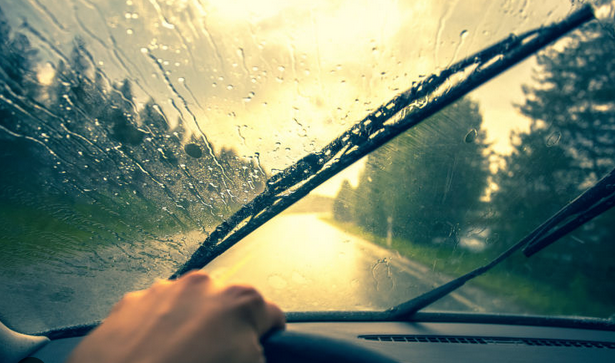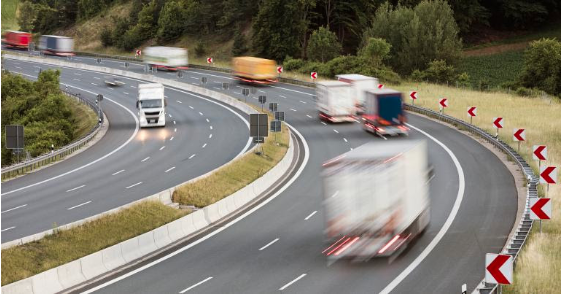Haulage operators have been reminded that stopping distances increase on wet roads due to several factors that affect the vehicle’s ability to brake efficiently and maintain control.
 Road safety experts have reminded haulage operators of the key factors contributing to increased stopping distances on wet roads
Road safety experts have reminded haulage operators of the key factors contributing to increased stopping distances on wet roads
- Reduced Tire Traction:
- Wet roads reduce the friction between the tires and the road surface. This lower friction means that the tires are less able to grip the road effectively, increasing the time and distance required for a vehicle to come to a complete stop.
- Hydroplaning:
- Hydroplaning occurs when a layer of water builds up between the tires and the road surface, causing the tires to lose contact with the road. When this happens, the vehicle can skid or slide, making it difficult to control and increasing stopping distances.
- Braking Efficiency:
- In wet conditions, the braking efficiency decreases because the water can create a barrier between the brake pads and the discs, reducing the braking force. This necessitates longer distances to bring the vehicle to a halt.
- Driver Reaction Time:
- While driver reaction time may not directly increase due to wet conditions, the perception of road conditions and potential hazards may be delayed, indirectly contributing to longer overall stopping distances.
Components of Stopping Distance
Stopping distance is typically divided into two main components:
- Thinking Distance:
- This is the distance the vehicle travels during the driver’s reaction time—the time it takes for the driver to recognize a hazard and apply the brakes. Wet conditions can affect visibility and perception, potentially increasing the thinking distance.
- Braking Distance:
- This is the distance the vehicle travels from the time the brakes are applied until it comes to a complete stop. On wet roads, the braking distance is significantly longer due to the reduced traction and potential for hydroplaning.
Quantifying the Increase
- Dry Conditions: On a dry road, the typical stopping distance (at a speed of 60 mph) might be around 73 meters (240 feet), combining both thinking and braking distances.
- Wet Conditions: On a wet road, this distance can increase by 50% or more. For instance, the stopping distance at the same speed in wet conditions could be around 109 meters (360 feet) or even longer, depending on the severity of the wet conditions.
Safety Tips for Driving on Wet Roads
- Reduce Speed: Slower speeds help in maintaining better control and reduce the stopping distance.
- Increase Following Distance: Maintain a greater distance from the vehicle in front to allow more time and space to stop.
- Avoid Sudden Movements: Sudden braking or steering can lead to skidding. Gentle and gradual movements are safer.
- Check Tires: Ensure tires are in good condition with adequate tread depth to improve grip on wet surfaces.
- Use Headlights: Improve visibility for yourself and other drivers by using headlights in rainy conditions.
Understanding and accounting for these factors can significantly enhance driving safety in wet conditions.


